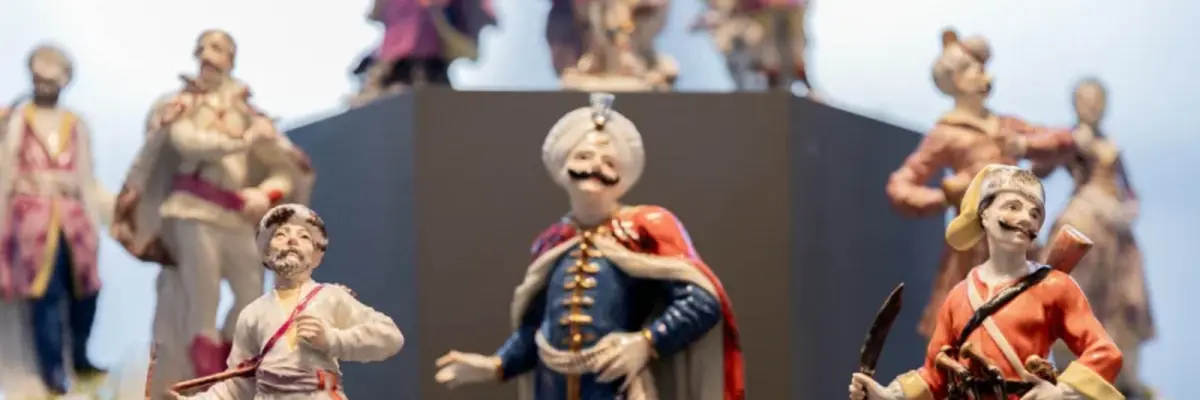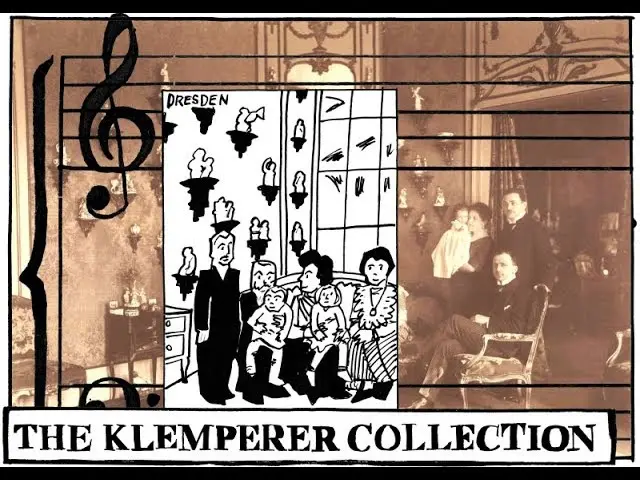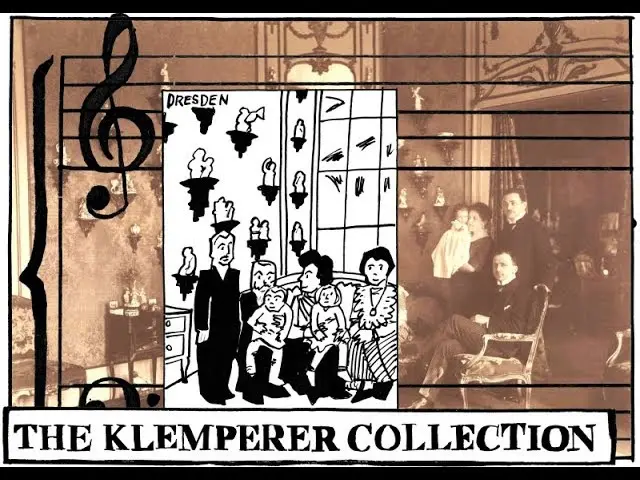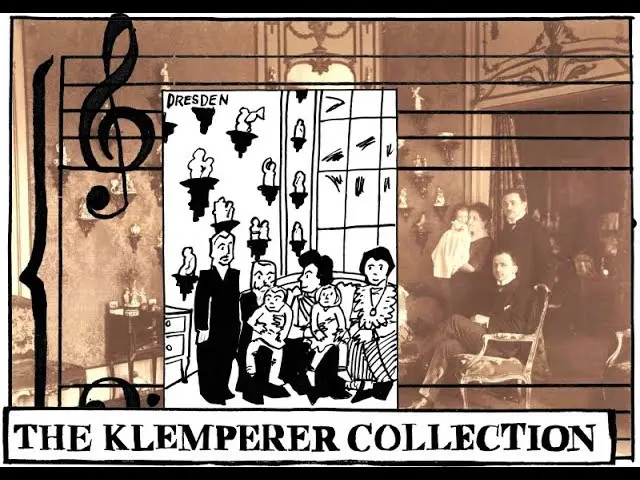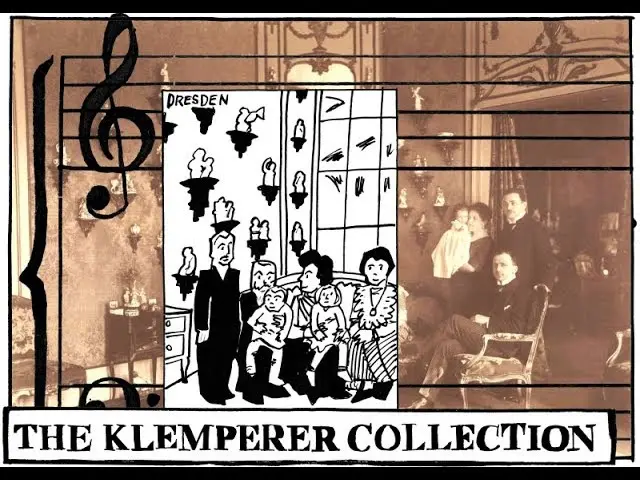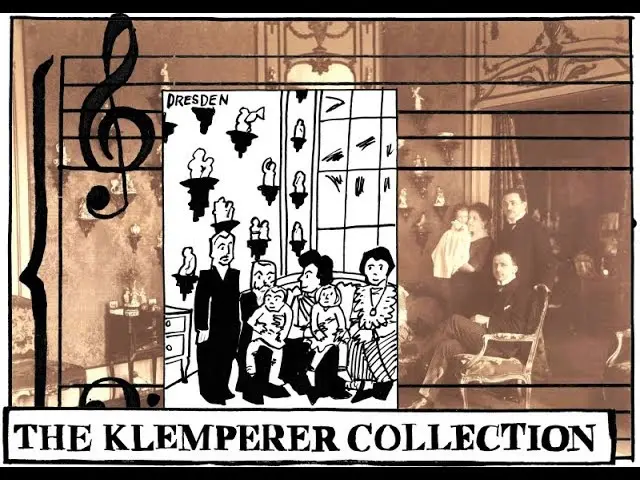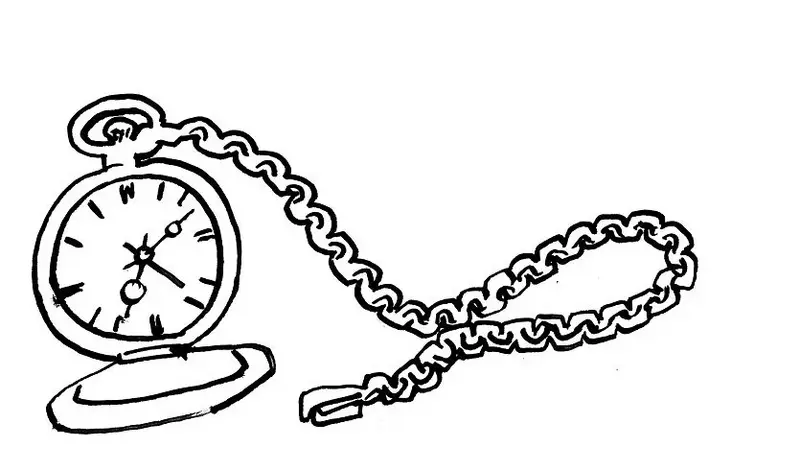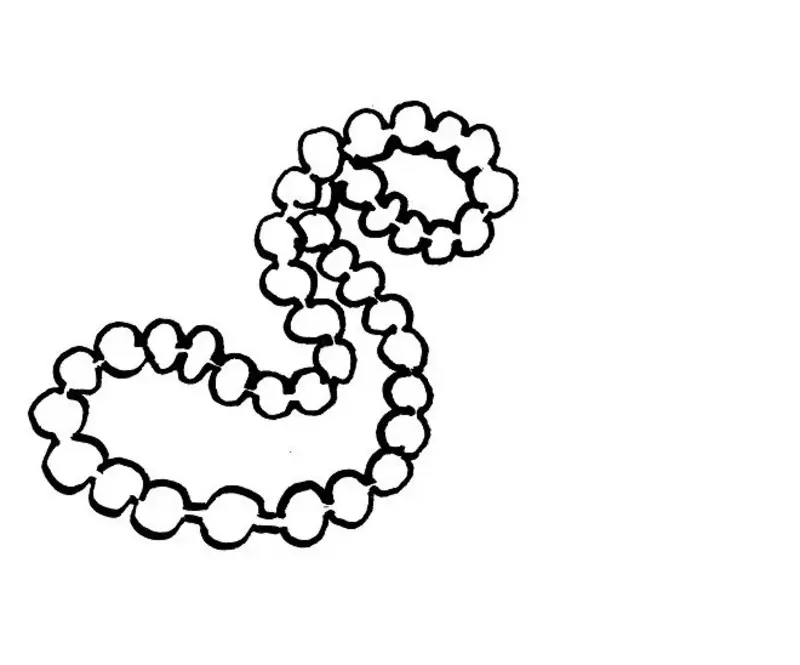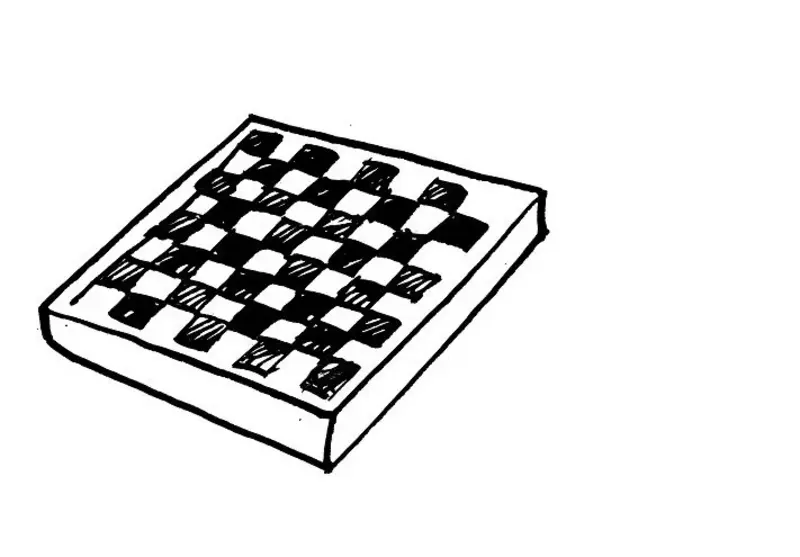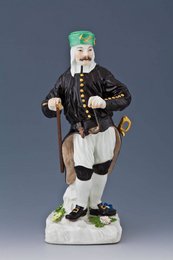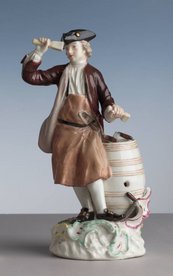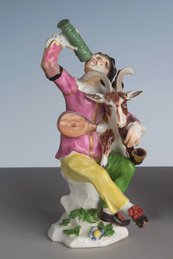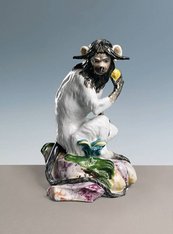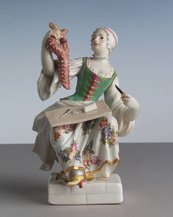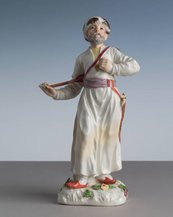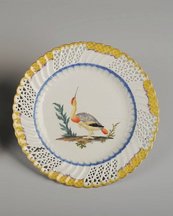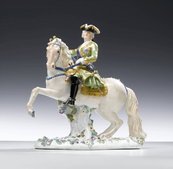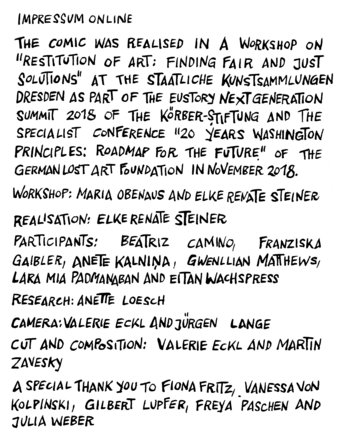The Klemperer Collection - a collective comic
Gustav and Charlotte von Klemperer assembled probably the most important private collection of historic Meissen porcelains. They inherited their passion 1926 with the collection to the sons Victor, Herbert and Ralph von Klemperer. The Jewish family was forced to leave Germany in 1938 and their art possessions were confiscated. Restitution took place in 1991 and 2010. Part of the pieces could remain in the porcelain collection as a generous gift from the family.
In cooperation with the Körber Foundation and the German Lost Art Foundation, the Staatliche Kunstsammlungen Dresden have invited young people from Germany, Great Britain, Israel, Latvia and Spain to deal with Nazi persecution, provenance research and restitution and to report on them in a contemporary, appealing form. With the comic-strip artist Elke Renate Steiner a comic was created, which as a duet tells about the fate of the family and the collection Klemperer.
